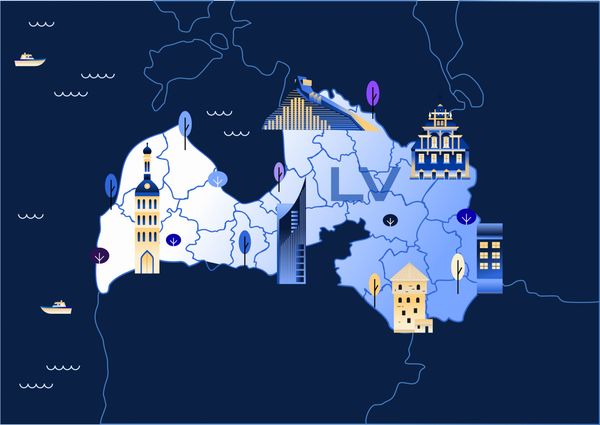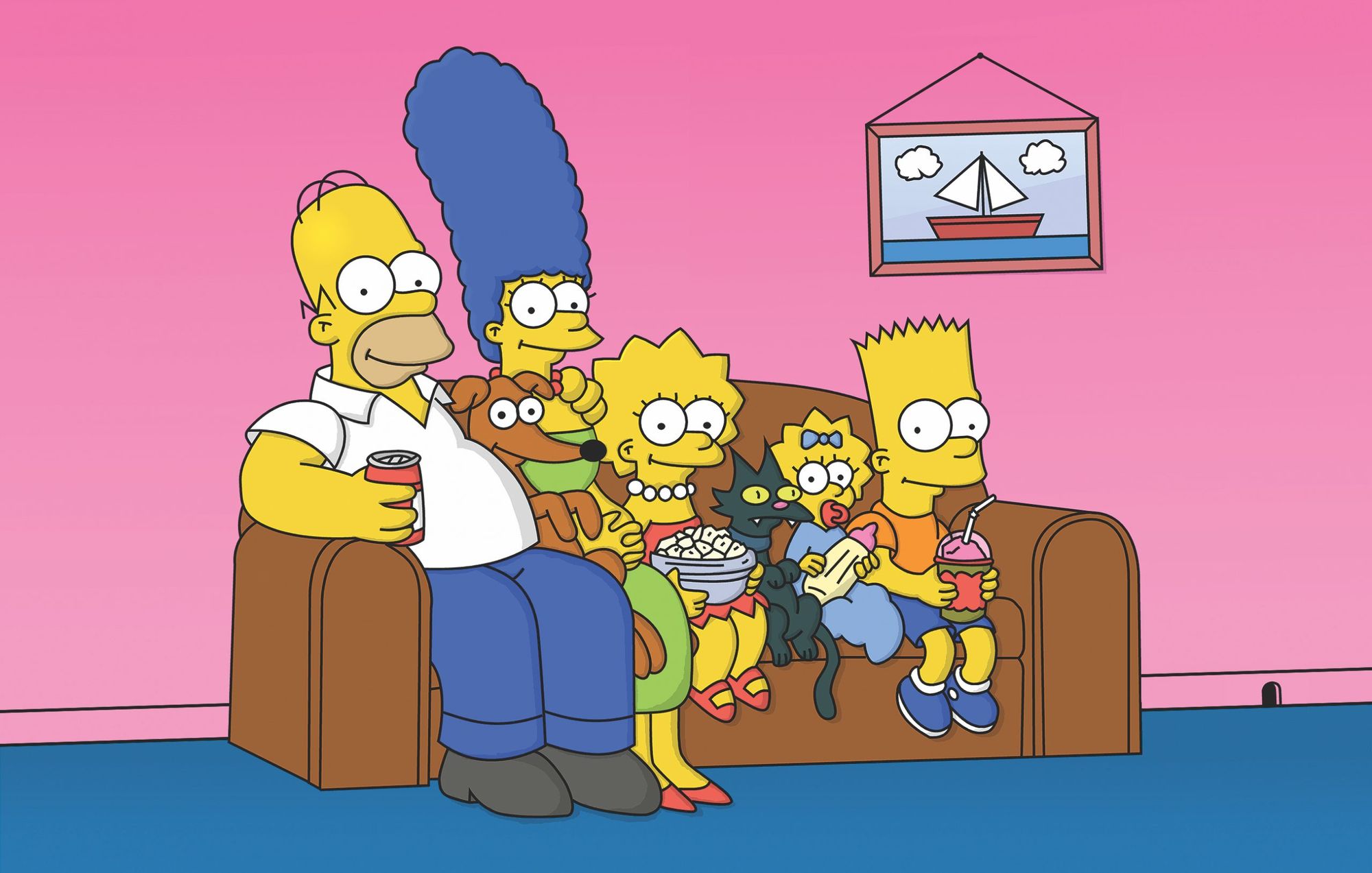The Simpsons, Rugrats, The Wild Thornberrys, Aaahh!!! Real Monsters—what do these titles have in common other than being the super popular cartoons of the ’90sand ’00s that everyone knows and loves? It’s Gábor Csupó, co-founder of the world famous Hollywood animation studio Klasky Csupo, and inventor of the beloved childhood characters of people in their twenties and thirties. What inspired the innovative visual world of these cartoons? Being born and raised in Hungary, how can one still make the American Dream come true? How important is it to win an Emmy, and how can a creative mind avoid burnout? We asked Los Angeles-based Gábor Csupó whose answers brought us back to our childhood years, and shed a whole new light on how animations are created.
This article was published in print in Hype&Hyper 2022/1.

I wasn’t surprised in the slightest when I learnt Rugrats have their own star on the Hollywood Walk of Fame. If it was up to me, those cartoon troublemakers with their silly diapers would have a whole town dedicated to them. I got acquainted with the distinctive logo of Studio Klasky Csupo appearing before most cartoons on Nickelodeon at a very early age, but what I didn’t know at the time was it being connected to someone Hungarian. Gábor was born and raised in Budapest, but his artistic ambition and drive for freedom made him leave his home behind in the ’70s, and try his luck in Western- and Northern-Europe. He met Arlene Klasky in Stockholm, and they moved to Los Angeles together to lay the foundations of the now world famous animation studio boasting 8 Emmys.
The visual world you’d created was unparalleled in Hungary, and even in the region. This makes one wonder–did you get influenced by the American setting or did you bring inspiration from Europe?
I would say it was the American opportunity mixed with European taste. In the US, we had the financial and infrastructural stability to create something innovative in animation. In the ’80s and ’90s—before we started using our new style of animation—cartoons were mostly made the same way, in many cases mimicking each other resulting in a very boring outcome. We got lucky with our timing as the audience was really hungry for change, and looking back, we can say we were the ones to finally ease that hunger.
How much influence did Hungarian cartoons have on your creative process? How would you define the legacy you brought with you overseas?
From the Hungarian masters of animation, the creators of Pannonia Studio in the ’70s had the most influence on me. This is also when and where my career started. Working at the same studio with such incredible professional legends like Marcell Jankovics, Péter Szoboszlai, József Nepp, Attila Dargai, György Kovásznai, Béla Ternovszki, Ferenc Rofusz or Ferenc Varsányi clearly defined my taste and artistic path. I’ve always been interested in the more daring, experimental styles of animation, so I drew a lot of inspiration from the works of Szoboszlai and Kovásznai. From the artists working for the Hungarian satirical magazine Ludas Matyi, I admired Ferenc Sajdik the most.
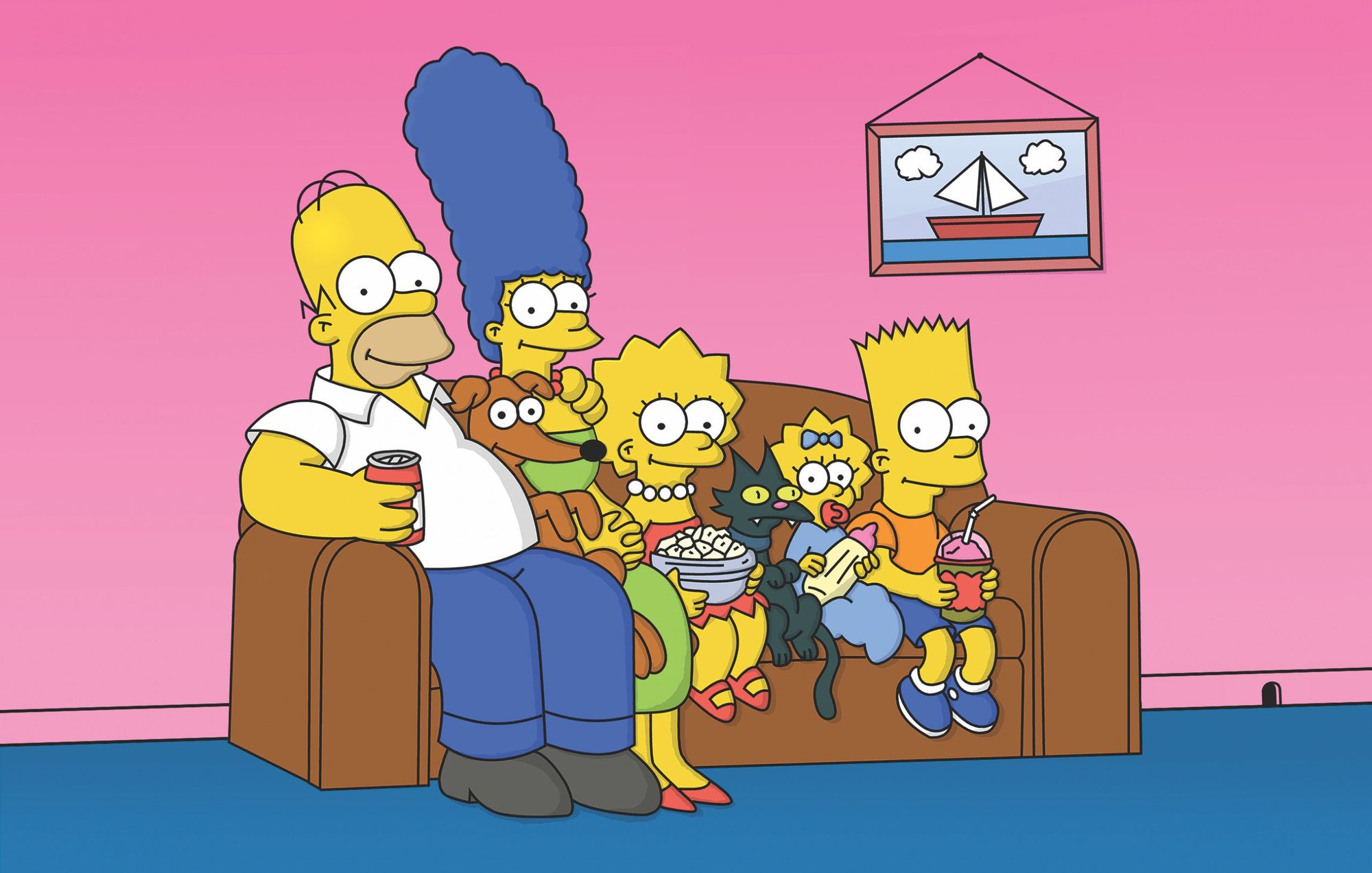
What do you think is the key to you being able to speak to both kids and adults while creating characters whose stories interest audiences for years?
During the production of The Simpsons, we learnt how important a quality script is—showing the layers of our characters to capture the audience, and providing little snippets that would make them feel included in the story. We thrived to come up with characters and storylines that would also interest us as adults sitting in an armchair in front of our TVs.
Our goal has always been to create intriguing characters, rich storylines, humour, and emotional connection. You can use the latest, most interesting design elements in your work, but what’s the point if it doesn’t have a soul?
What’s the difference between creating animation for kids and adults?
At Klasky Csupo Studio, we don’t really differentiate between the two. When designing our characters, we want them to be bold, fresh and daring. We want to stand out from the crowd, regardless of the audience.
What do you think about the recent popularity of adult animation series like BoJack Horseman, South Park, Family Guy or Rick & Morty? Millions of people are watching them. Other than dealing with current topics that reflect on what is going on in the world around us, what element do you think draws adults to be glued to the screen when these series are on?
These series are great examples of the importance of fantastic script writing–satirising current, relevant situations with witty humour. This shows that what makes a series successful is not world class art direction, in many cases, as even relatively primitive character designs can become superstars if their story speaks to people.
On the other hand, what is your experience in creating cartoons or animation movies for kids and young adults? Do you think it’s a harder task because grabbing their attention is becoming increasingly difficult due to the high volume of impulses they get on a daily basis? What kind of challenges do you face when designing characters or making animations for the younger generation?
The situation really is different! Young people nowadays have very different tastes and expectations than the generation that came before them thirty or forty years ago. Funny or shocking 15-second-long videos on Instagram or TikTok might have a greater influence on them than a high quality half-an-hour animation. Not just our culture and taste, but technology has changed as well. Today, almost all studios work with 3D computer animation. Five years ago, it was more expensive to produce a CGI animation movie than a traditional 2D animation. Now, it’s the other way around. What’s more, the demand for new content is enormous, therefore, sadly, many studios started to copy each other and produce movies according to the current trends, leaving less opportunities for innovation.
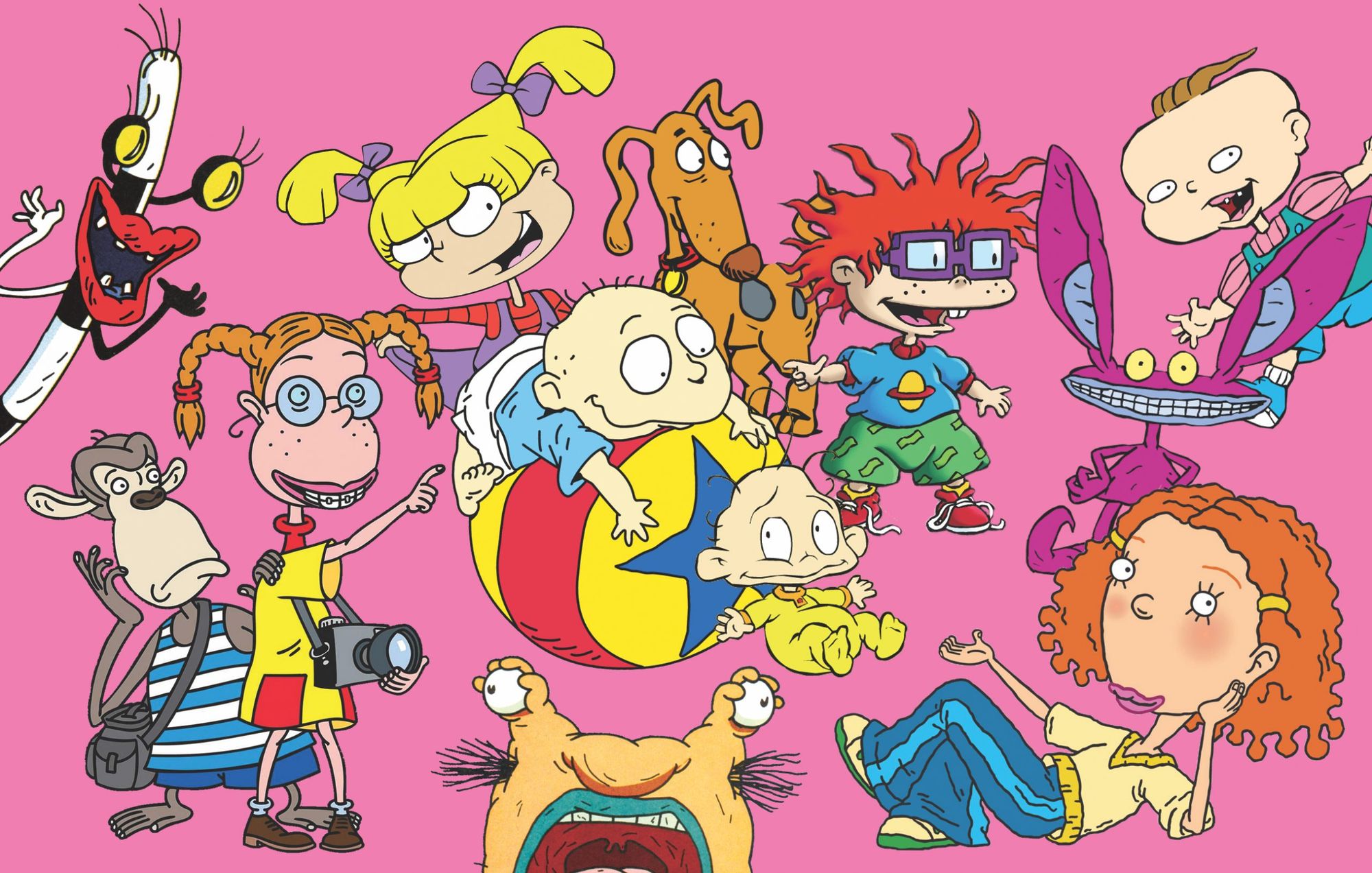
CGI and 3D reboots of beloved classics from the ‘90s and ‘00s are usually resented by the audience. Why do you think studios still pump out these movies?
Unfortunately, this happened to us as well with Rugrats. Last year, Nickelodeon rebooted our series regardless of our discontent with how it looked. This new and modern version was chosen as they believed that this is what the audience is looking for. Similarly, scripts nowadays are factory-made as well—and they are usually very hit and miss, as the main goal is quick and cheap production in the name of instantaneous profit.
It’s become a commonplace for creators to say that awards are not that important. What is your opinion? What do you consider as a real professional achievement?
When I got my first Emmy, I felt respected and proud, and believed that I deserved the recognition it symbolised. Now, however, I attach less and less significance to awards, because of the compromises and patronage associated with an Emmy, Academy or Hollywood Foreign Press Award. In many cases, people who have never been behind a camera or held a pencil, have the power to judge the quality of movies and animation. Obviously, recognition and awards can enhance creativity by making you feel that what you have created has a purpose and a meaning, however, when an award loses its professional value, it also loses its significance in the eyes of creators. For me, real recognition is not one or a dozen golden statues, but the honest reaction of my audience when they truly love my work.
For people working in the creative industry, especially those whose work is also their hobby, professional burnout is a very real problem. In your experience, is it really that hard to avoid it?
I have felt burnt out more than once. I felt like I’d climbed the highest mountain in my profession and there’s nowhere else to go. Still, another impulse always comes that kickstarts artistic expression once again. This impulse can be anything from a horribly executed amateur work that still becomes a huge hit, and makes you feel like you could draw better than that even in your sleep or it can be equally inspiring to discover fantastic new works or talents who shock you with their innovative visions and styles. This is what really motivates me in animation as well as in live action movies and series or music.
Your professional career is incredible, especially witnessed by someone in Hungary. What kind of capabilities and knowledge does one need to reach the American dream?
I believe that true, unique talent will find its place and achieve well-deserved success by working hard and not giving up. This can happen in Hungary, the US or even Lilliput…
However, unfortunately, talent in itself doesn’t guarantee anything so you always have to stick to what you believe in and work towards your goals. Sure, there’ll be obstacles, people who want to put you down and steer you away from your plans.
This is a long and tiring road, but in the end, when you achieve your dreams, you’ll feel it was all worth it.
This could be the perfect ending to this interview, however, I can’t help but ask you about your favourite cartoons.
Out of my own creations, my favourite is Aaahh!!! Real Monsters. As for Disney, 101 Dalmatians and Pinocchio from the ‘60s had the biggest impact on me. The Incredibles, How to Train Your Dragon, The Lego Movie, Klaus and Spiderman: Into the Spiderverse were the most memorable works of animation for me in recent years.
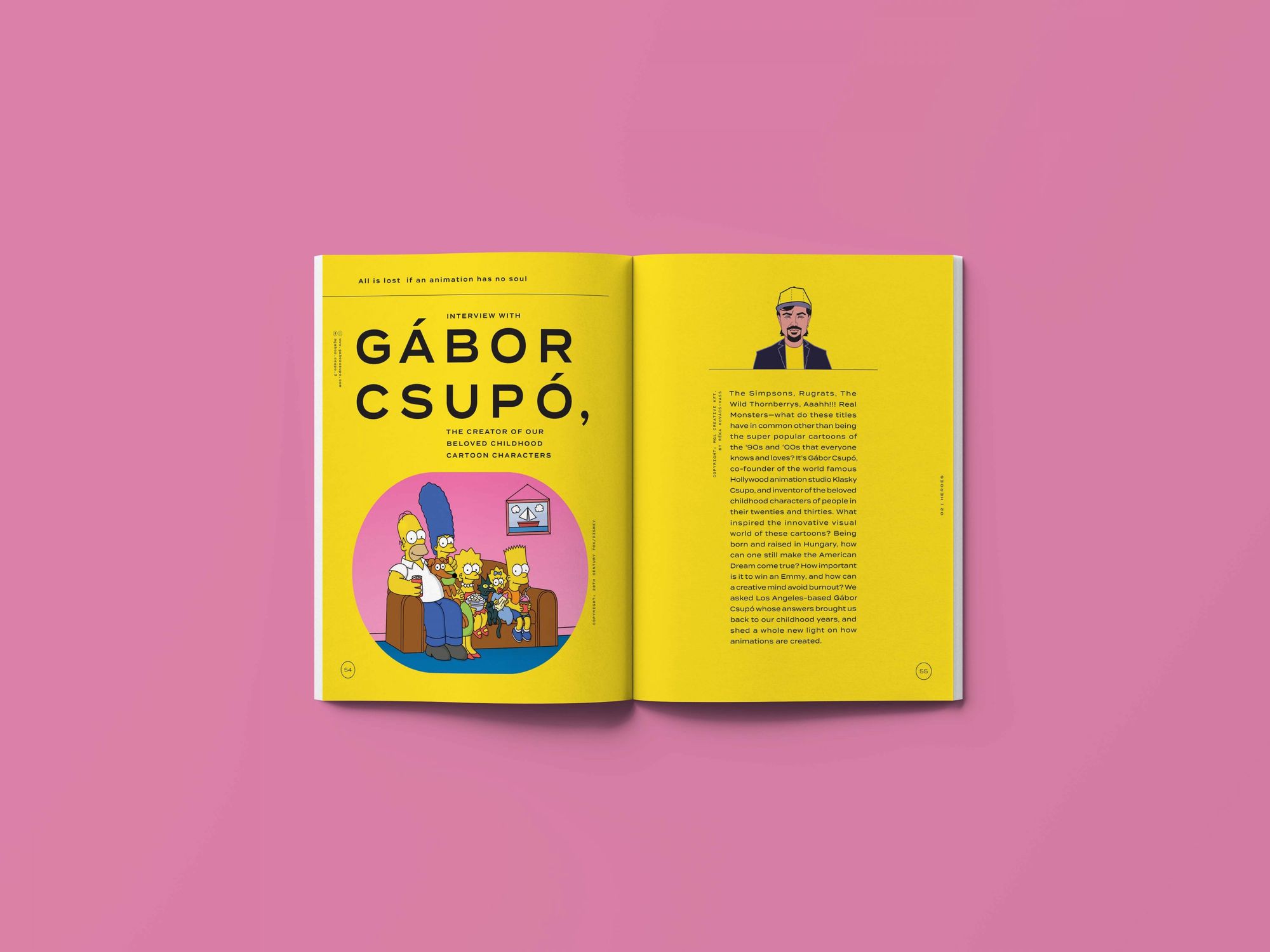
Prefer to read it in print? Order the third issue of Hype&Hyper magazine from our online Store!

The most stylish cosmetics of the region | TOP 5
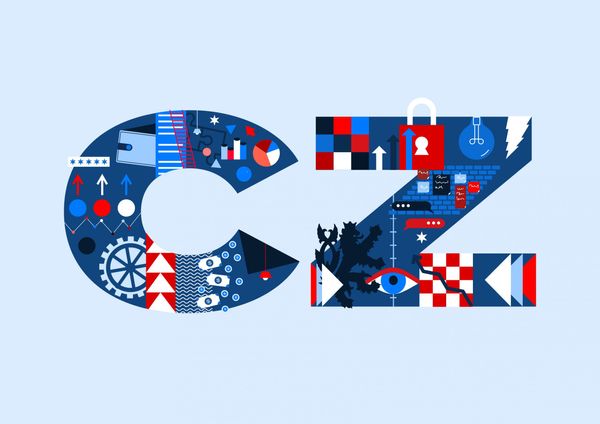
Prague is the hub, but where is the countryside? | Innovation and startups in the CEE region II.
